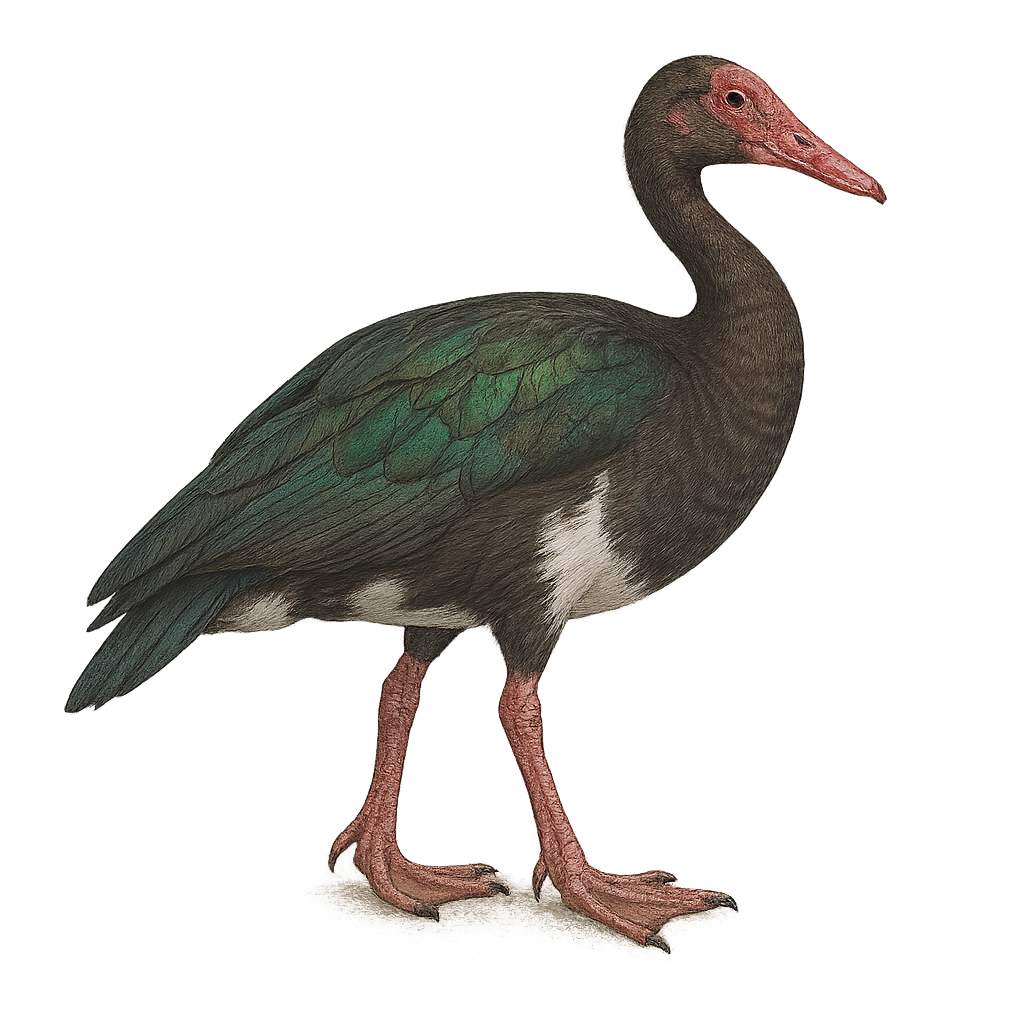Your wildlife photography guide.
Explore the spur-winged goose in detail, study its behavior, prepare your shots.
Where to observe and photograph the spur-winged goose in the wild
Learn where and when to spot the spur-winged goose in the wild, how to identify the species based on distinctive features, and what natural environments it inhabits. The WildlifePhotographer app offers tailored photography tips that reflect the spur-winged goose’s behavior, helping you capture better wildlife images. Explore the full species profile for key information including description, habitat, active periods, and approach techniques.
Spur-winged Goose
Scientific name: Plectropterus gambensis

IUCN Status: Least Concern
Family: ANATIDAE
Group: Birds
Sensitivity to human approach: Suspicious
Minimum approach distance: 10 m
Courtship display: July to October
Incubation: 30-33 jours
Hatchings: August to December
Habitat:
Wetlands, marshes, rivers
Activity period :
Primarily active during the day, with peak activity in the morning and late afternoon.
Identification and description:
The Plectropterus gambensis, commonly known as the Spur-winged Goose, is a large waterfowl species belonging to the Anatidae family. It is primarily found in sub-Saharan Africa, where it inhabits wetlands, marshes, and rivers. This goose is notable for its impressive size, reaching up to 100 cm in length, and its striking black and white plumage. Males are generally larger than females and possess spurs on their wings, used in territorial disputes. The Spur-winged Goose is a gregarious bird, often seen in groups, and feeds mainly on aquatic plants, seeds, and insects. Although capable of long-distance flight, it prefers walking or swimming for movement.
Recommended lens:
400 mm – adjust based on distance, desired framing (portrait or habitat), and approach conditions.
Photography tips:
To photograph the Spur-winged Goose, it is advisable to use a telephoto lens of at least 400mm to capture detailed images without disturbing the bird. Look for wetlands or marshes where they are often found in groups. Be patient and discreet, as these birds can be suspicious. Early morning or late afternoon, when the light is soft, are ideal times to capture shots with beautiful contrasts of their black and white plumage.
The WildlifePhotographer App is coming soon!
Be the first to explore the best nature spots, track rutting seasons, log your observations, and observe more wildlife.
Already 1 430 wildlife lovers subscribed worldwide

